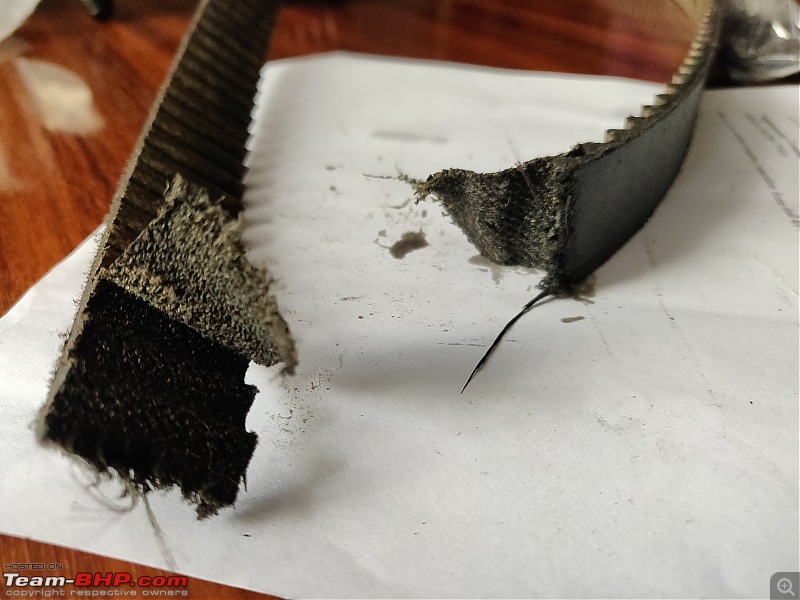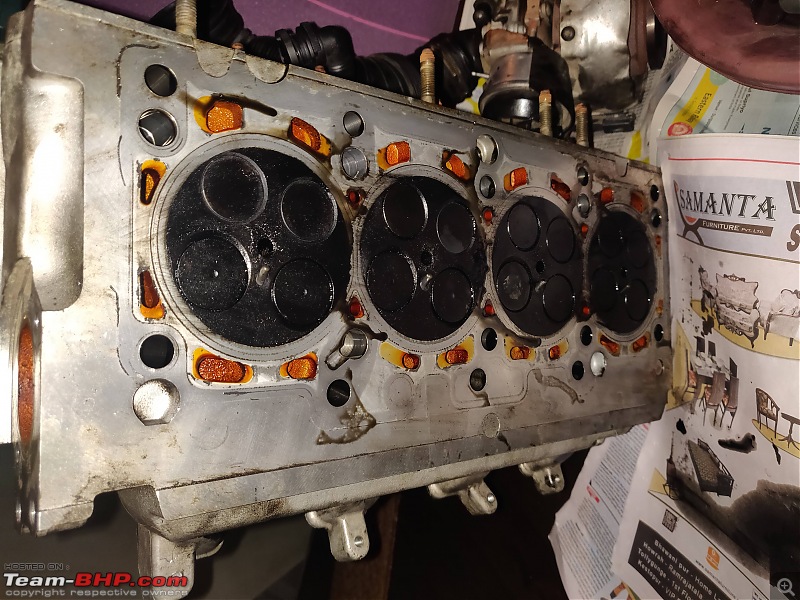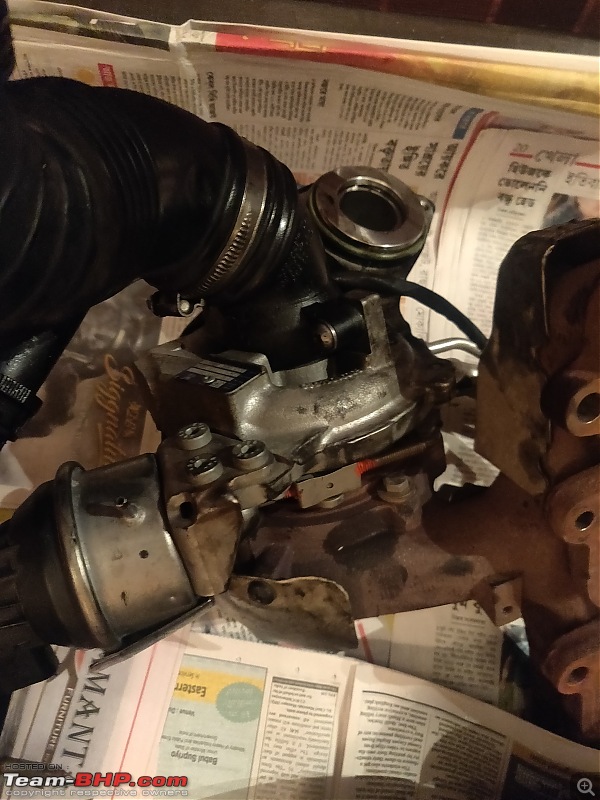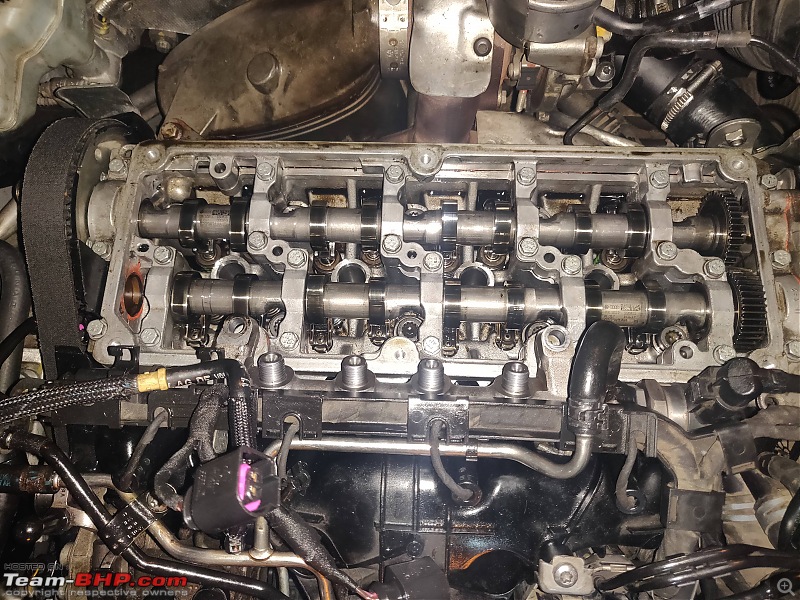Have you heard the story about two elderly couples, who completed fifty years of their marriage, and were being interviewed by a reporter?
The news guy asked them, "How did you manage to stay married for so long?"
The old man, with a beaming smile, answered.. "We come from an age where broken things were fixed, not thrown away!"
Well, I believe in the same when it comes to cars. I shall tell you why.
My association with cars started long back, when I was in my childhood. My first memory of a car is of a Fiat Millicento, riding with my father. We also had a '67 1100D, which gave up her engine after running for about 2.5L kilometers. It was repaired at our home and ran another 40K kilometers before being sold. Currently I have a '88 Premiere Padmini which is going strong at 1.72L kilometers, despite PAL going out of business on '95. The European siblings are doing equally good, which consist of one of the most hated ( and equally coveted) 2005 Skoda vrs.
So, in a way I was brought up in a culture of maintaining ( without any Authorised workshop support) and loving cars . This went on in the modern age of Indian Car scene as well, for a different reason. As the Indian automotive market became open back in '90s, and multiple manufacturers came in, the common Indian car buyer expected more choice, lesser price and a little more customer-centric behavior. Those things did happen, but along with that came the shrewdness of the foreign players as well. The manufacturers tried to milk the customers through a thousand different means. Car sale margins dropped and car servicing became the next best revenue channel. Extended warranties and AMCs became a minefield of hidden clauses and exclusions, a simple assurance document became a meticulously drafted list of items which can not fail, and are therefore covered. Another notorious practice is the one of replacing parts as a whole, even when there is an opportunity of fixing or changing a child part. I can share umpteen example but it wont be wise to let down the blind trust of authorised workshops of India.
Also, I feel as a whole the car maintenance philosophy became lazy, the servicing teams just thinking 'what' to replace a failing part instead of asking 'why' and trying to identify the root cause of the problem. This habit of them has forced me to shy away from servicing my cars at service centers. I try to maintain them at my home, with the best of my limited knowledge, understanding and a whole lot of love. I profusely thank my stars that doctors cant change body parts, else we would not have been left of anything we were born with.
If you remember the movie Rush, there was a dialogue by Niki Lauda.. "God gave me an okay mind, but a really good ass, through which I can feel everything in a car". It really gives me a thrill, a taste of the hunt, to identify the why, the what and the where of the problem by looking, feeling or hearing troublesome car.
This is one such case of a car, a Skoda Yeti. It belongs to a friend of a BHPian.
Popped the hood, and immediately noticed this:

Looks like a simple belt failure, which had taken a few other things with it.



The belt damaged the camshaft position sensor as well.
However, on closer inspection one could see that the belt was in a fairly okay, if not good, shape.

So why would a belt with quite a few thousand kilometers still to go snap suddenly?
On deeper inspection, the rogue part was found out to be the belt tensioner. While the engine was running, the tensioner gave up, and the slacked belt was pulled by the running engine causing the snap. The Yeti has the belt mechanism encased in a compartment, therefore the loosened belt had nowhere to go, and had damaged a few other components in the same chamber.

The Timing tension Spring was totally damaged. It failed to hold the belt in place, which according to my finding should be the main reason for this catastrophic failure.

The engine compartment of this particular car is very crowded, which made the disassembly a tiresome job. Had started working on this at 3 in the afternoon, and was done by 7 in the evening.

The turbo, disassembled.

Some evidence how it can affect the engine.

Engine head disassembled.
Most of the parts were not readily available over the counter in India, and others were terribly overpriced. Therefore 95% of the parts were ordered from Europe, by quoting the VIN number and parts numbers from OE online catalogue. The Skoda online manuals, VAG forums and parts directories were a huge help.


While assembling, getting the timing right was tricky. Skoda has a 'timing tool', which is effectively a stencil to fit on the side of the engine, and the different parts have to be aligned according to markings on that. However this part being quite costly, and the use case being one-off, we decided to do this manually using some common sense and old school Indian jugaad mindset. And it worked out just fine! All the sites, I have gone through during the rebuilt, mentioned everything

As the disassembly took quite some time, the assembly was started early in the morning, at 7AM, to use maximum daylight hours.
During the process of assembly:


Even with the engine assembled, on the first attempt it failed to start. I had procured an Autel scanner some time back on a whim, and had been frustrating people by scanning their cars and pointing out errors since then, but this time it was put to good use. Apparently the various ECU parameters were reset to default (0), and post fixing that, the engine started just fine!
What helped:- Not-so-helpful support and not-at-all-helpful pricing from the manufacturer. Do not want to quote numbers here and invoke the wrath of the manufacturer, but the fix was done at a much lower cost than one can imagine.
- The online manuals and part details for the manufacturer. They are quite detailed and intuitive. Just that workshop technicians dont use it.
- The scanner from Autel. Without that, even with all the mechanical fixes, the car would not have started. I dont have VAG and I am happy about it, since I have another option which works perfectly.
Finally the dashboard looked less illuminated. ( God knows what and how many signs I encountered during the process)

Last Sunday the car came for a checkup after some odd 400kms drive. Everything looked perfect and in place. The car was brought back to road within 28 days, even with expected delays by customs clearing.

 (89)
Thanks
(89)
Thanks

 (14)
Thanks
(14)
Thanks
 (1)
Thanks
(1)
Thanks
 (35)
Thanks
(35)
Thanks
 (6)
Thanks
(6)
Thanks
 (1)
Thanks
(1)
Thanks
 (21)
Thanks
(21)
Thanks

 (5)
Thanks
(5)
Thanks
 (2)
Thanks
(2)
Thanks

 (1)
Thanks
(1)
Thanks
 (1)
Thanks
(1)
Thanks

 (3)
Thanks
(3)
Thanks





















